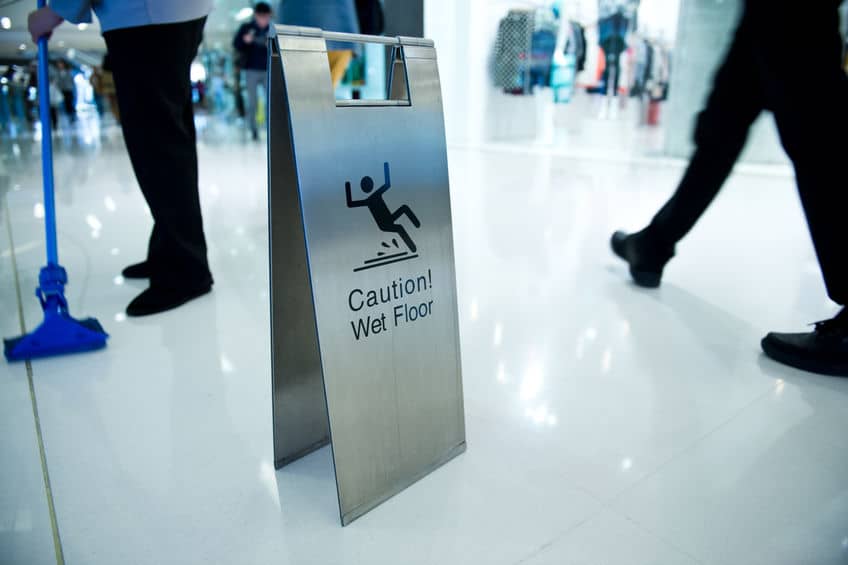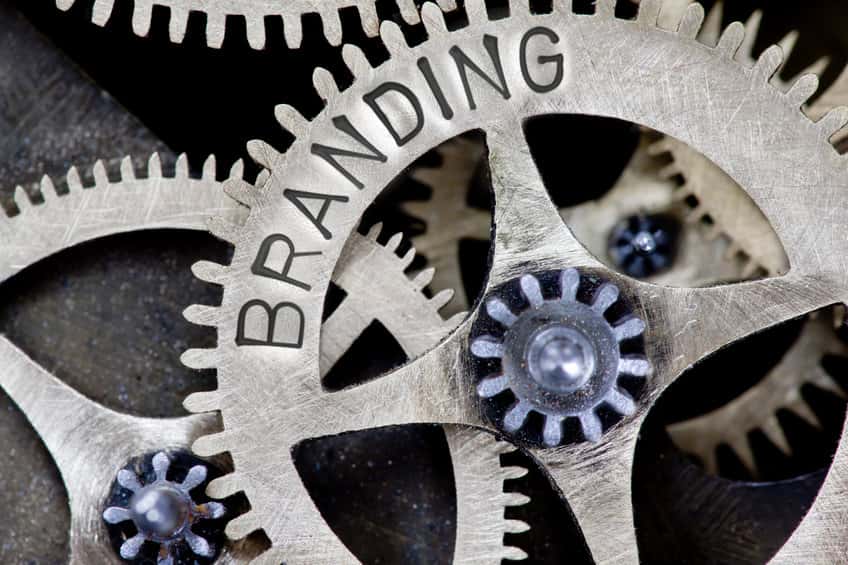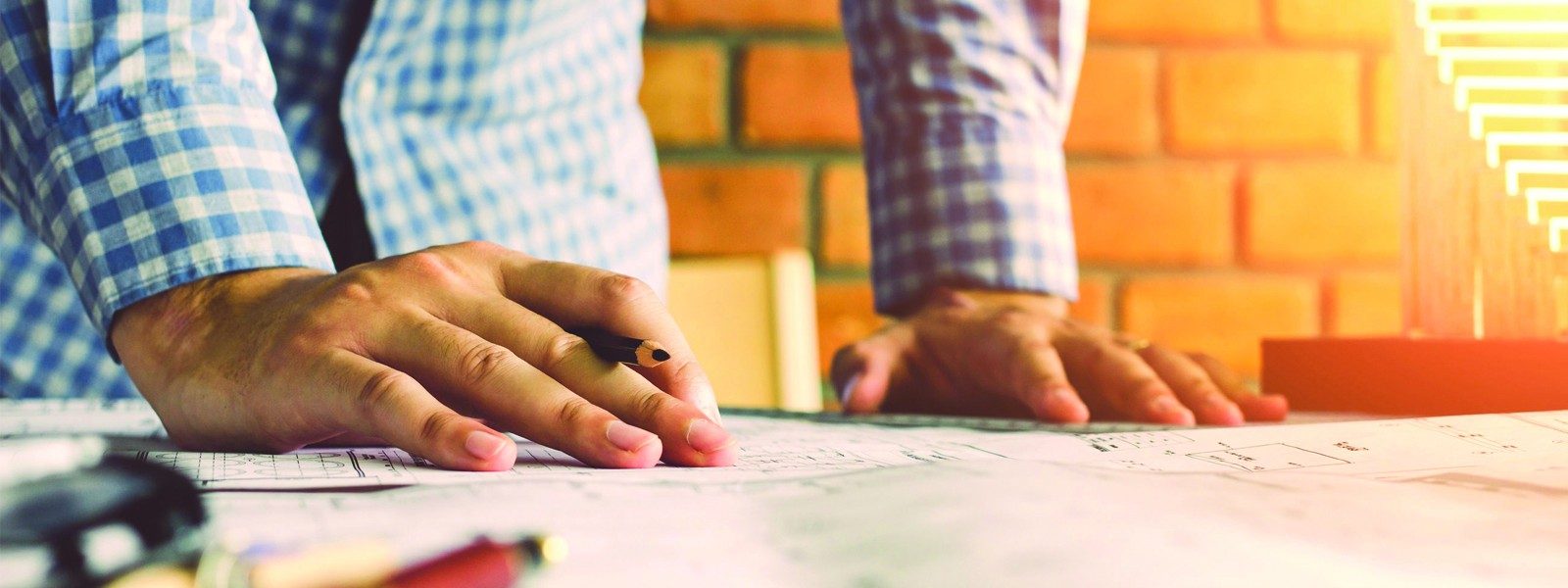In any business environment, safety is paramount. Slips and falls are not just accidents—they are preventable mishaps that can severely impact a business. Common slip hazards such as wet floors, uneven surfaces and cluttered walkways pose significant risks. For business owners, addressing these dangers is critical to maintaining a safe workplace and avoiding potential liabilities. The repercussions of neglecting these hazards extend beyond physical injuries to employees and customers; they can lead to legal liabilities and tarnish a business’s reputation. This discussion underscores the importance of proactive measures in keeping your business’s floors and walkways slip-free, ensuring a secure environment for all.
Addressing Potential Exterior Slip Problems
The outdoor areas of a business are prone to various potential hazards that increase the risk of slips and related accidents. Natural debris such as leaves and branches, adverse weather conditions including rain and snow, and poor maintenance can all create slippery surfaces that pose significant safety risks. These elements not only endanger employees and customers but also expose the business to potential legal and financial consequences.
Pressure washing emerges as a highly effective preventive measure in this context. By removing accumulations of mud, algae, and other slippery substances, pressure washing ensures that walkways and entrances are not just visibly clean but safe for use. Regular maintenance using pressure washing can significantly reduce the risk of workplace injuries by keeping outdoor areas free of hazardous buildup.
Implementing regular safety measures, including scheduled pressure washing, is essential for maintaining a safe environment. This practice not only enhances the aesthetic appeal of a business but also serves as a critical strategy in risk management. Preventing accidents before they occur not only saves costs associated with injuries but also reinforces a commitment to safety that is appreciated by both staff and patrons.
How To Tackle Interior Slips, Trips and Falls
Maintaining safe interior floors in a business setting is crucial not only for the safety of employees and customers but also for legal compliance and maintaining a positive business reputation. Various factors contribute to slip hazards indoors, each requiring a specific approach for mitigation.
Indoor environments present numerous slip risks ranging from spilled liquids in restaurant kitchens to high-traffic areas like entrances that accumulate dirt and moisture, especially during adverse weather conditions. Other common hazards include:
- Loose rugs and mats which can shift underfoot or roll up at the edges.
- Poorly maintained flooring where worn surfaces become slippery or uneven.
- Greasy or waxy build-up from incorrect or excessive use of floor cleaning products.
Detailed Interior Floor Maintenance Techniques
The approach to maintaining floors involves several steps, each suited to different types of flooring materials and levels of foot traffic.
- Cleaning: Regular cleaning is fundamental for all flooring types to remove substances that can cause slips. The method of cleaning will vary, with vacuuming for carpets and mopping for hard surfaces. Using the correct cleaning agents is crucial to avoid leaving a residue that could make floors slippery.
Waxing: Waxing is a traditional method used primarily on wood and vinyl floors. It involves applying a layer of wax, which not only gives a shiny finish but also provides a protective coating against stains and minor abrasions. However, wax can become slippery when wet and may require frequent reapplication to maintain its effectiveness.
Sealing: Sealing is often used for porous surfaces like stone and tile to fill in gaps and prevent water and oil penetration, which can lead to slip hazards. Sealers generally provide a more durable finish than wax and can be less slippery, although they might still require periodic reapplication depending on traffic levels and exposure to cleaning chemicals.
Modern Anti-Slip Treatments: Technological advancements have led to the development of anti-slip coatings that can be applied to a variety of flooring materials. These coatings are designed to provide a high-traction surface without significantly altering the appearance of the floor. They are particularly useful in areas prone to moisture, such as bathrooms and kitchen areas.
Abrasive Floor Coatings: For areas that require additional grip, such as industrial environments or places where oils and greases are prevalent, abrasive coatings can be applied. These coatings incorporate materials like sand or fine gravel embedded in a durable binder that provides a rugged, non-slip surface.
Slips, Trips, and Falls: Preventive Measures
Adopting a routine maintenance schedule is essential for preventing the accumulation of factors that contribute to slip hazards. Regular assessments of flooring conditions can help identify areas that need more frequent attention or specific treatments like stripping old wax or reapplying sealant. Additionally, ensuring adequate lighting and minimizing clutter can significantly reduce the risk of accidents.
Educating staff about the importance of immediate clean-up of spills and proper flooring maintenance is also crucial. Establishing a culture of safety that prioritizes well-maintained floors can prevent injuries and the associated costs of workplace accidents, potentially saving businesses thousands in liability and workers’ compensation.
Prioritizing Safety Through Effective Cleaning Habits
Maintaining the safety of both interior and exterior walkways is crucial for any business. Regular cleaning and upkeep are essential to prevent hazards and ensure a safe environment for both employees and customers. This includes managing everything from immediate spill clean-ups to routine checks for wear and potential slip areas.
The role of professional cleaning, especially pressure washing, becomes significant in managing exterior walkways where dirt, grime and seasonal debris can create slippery surfaces. Employing professional services helps ensure that these areas are not only clean but also meet safety standards, reducing the risk of accidents and enhancing overall workplace safety.










